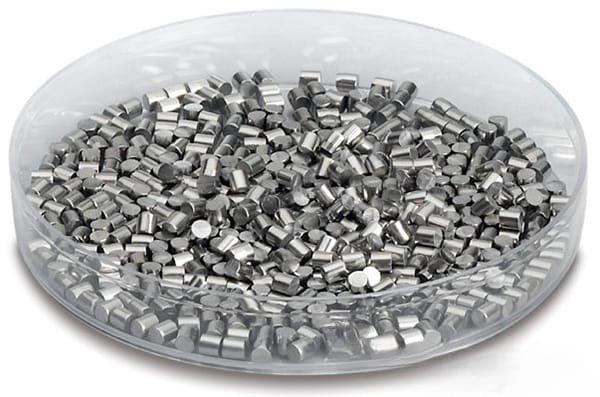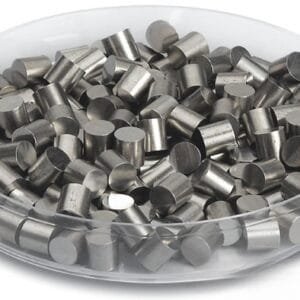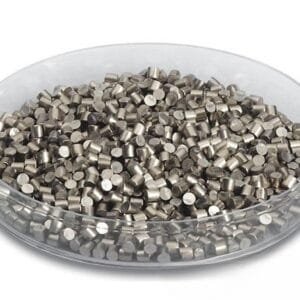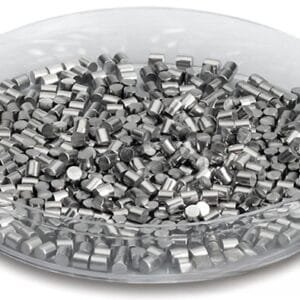Aluminum Cobalt Evaporation Materials Overview
Aluminum cobalt evaporation materials, offered by TFM, are specialized alloys comprising aluminum and cobalt. These materials play a crucial role in various deposition processes, including semiconductor deposition, chemical vapor deposition (CVD), and physical vapor deposition (PVD). They are primarily used in optical applications such as protective coatings, decorative finishes, and display technologies.
Packaging and Handling
At TFM, we prioritize the integrity of our aluminum cobalt evaporation materials by ensuring they are meticulously packaged. This careful handling helps avoid any damage during both storage and transportation, ensuring that the products reach you in optimal condition.
What We Offer
TFM provides a broad range of evaporation materials, including both pure metals and alloys. Our inventory also features ceramic oxides, including rare earth oxides like Sc2O3, Y2O3, La2O3, as well as other ceramics such as fluorides and nitrides. These materials are available in various forms, including tablets, granules, rods, and wires. We also offer custom shapes and quantities upon request. In addition to evaporation materials, we supply related components such as evaporation sources, boats, filaments, crucibles, heaters, and e-beam crucible liners. For current pricing and availability of evaporation pellets and other deposition materials not listed, please reach out to us with your inquiry.


 MSDS File
MSDS File



Reviews
There are no reviews yet.